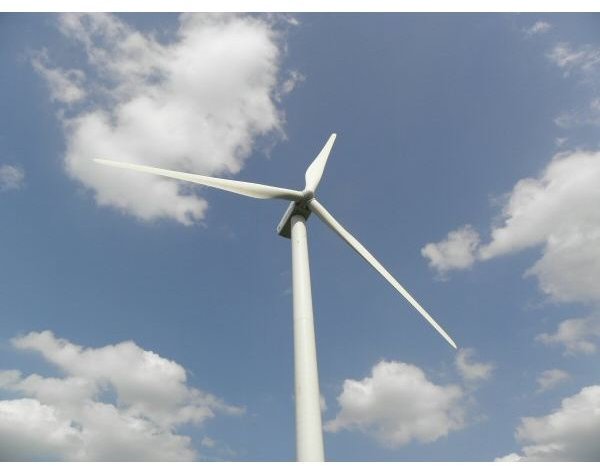

Suma said he’s initially focusing on Boston, New York and Philadelphia, where he sees strong interest in sustainability, good wind and solar potential and building stock of the right size and density. The company is currently eyeing medium- to high-rise buildings in the US, attracted by the nation’s growing push for local energy, electrification and decarbonization of urban buildings.

#Small home wind generators pdf#
The unit uses bifacial solar panels and employs internal solar reflections.Įmail Me This PDF Email Me This PDF PowerNest moving into US marketįounded in 2012, IBIS Power installed its first commercial unit in Europe in 2019 and is now completing its fifth installation with eight more in the works in the Netherlands and Belgium. Plus, solar generates less energy in northern climates during the winter. The wind/solar combination is important, Suma said, because solar alone often can’t meet the building’s energy demand - there is not enough roof space. PowerNest works to remove the turbulence around a building by capturing the wind, then bending it inward, accelerating it and guiding it through the wind turbine. The wings look very simple, but there is a lot of intelligence behind that shape.” It looks like a simple box from the outside, but its success lies in its use of aerodynamic shaping, he said. The unit has internal wind turbines and solar panels on the top. On a small footprint, they have the highest demand,” Suma said in a recent interview with Microgrid Knowledge.ĭesigned for flat roofs, PowerNest requires that the building be at least five stories, a height where the best winds begin. “The goal is to generate as much energy as possible on the limited roof space because big buildings, high buildings, they are basically the biggest energy users inside a city grid.


 0 kommentar(er)
0 kommentar(er)
